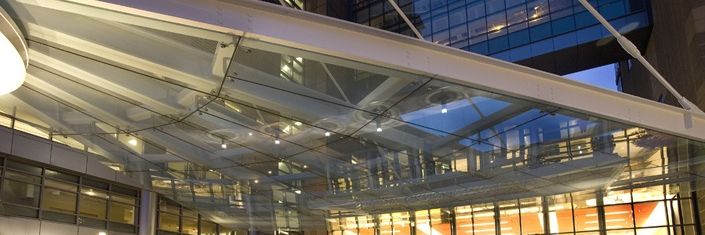Business Manager: Sean W. Daly
BP and JERA's joint venture JERA Nex BP is withdrawing from the US offshore wind market and halting investment in the Beacon Wind project off Massachusetts, citing unfavorable market conditions. All US-based team members will be laid off in coming months, though the company will maintain the Beacon lease for potential future development. Source: offshorewind.biz
US offshore wind faces a 56% decrease in development by 2035 with $114 billion in investments canceled or delayed due to administration policies including a temporary leasing moratorium, 50% tariffs on turbine parts, and early termination of tax credits. Only seven wind farms remain operational or under construction on the East Coast, far short of the Biden administration's original goals. Source: e360.yale.edu
After the administration discontinued NOAA's billion-dollar disaster database in May 2025, Climate Central revived it under the leadership of former NOAA scientist Adam Smith. The database has tracked 417 weather and climate disasters totaling over $3 trillion since 1980, with 14 billion-dollar disasters occurring in the first six months of 2025 alone. Source: time.com
Nearly 6,000 tradeswomen gathered in Chicago for the 15th Annual Tradeswomen Build Nations conference, with IBEW representing over 800 members including 26 from Local 11. The event featured workshops on empowerment and leadership, highlighting growing programs like EMPOWER and the first-ever All-Women's Veteran Electrical Entry Program Pre-Apprenticeship class. Source: ibew11.org
Connecticut Siting Council voted 5-3 to reject United Illuminating's plan to build a high-voltage transmission line through Fairfield and Bridgeport using steel monopoles up to 195 feet high. The decision marks an unexpected victory for local critics who argued the project would be a visual blight, though UI expressed shock at the decision and is exploring legal options. Source: ctmirror.org
Connecticut faces significant uncertainty planning its energy future as the Trump administration eliminates federal tax credits for wind and solar, halts offshore wind development, and issues stop-work orders for projects already under construction. State officials are grappling with how to meet clean energy goals while ensuring grid reliability, with DEEP Commissioner Katie Dykes acknowledging natural gas and oil may need to remain part of the solution longer than planned. Source: ctmirror.org
Seven Connecticut technical high schools are slated to receive solar installations through a collaboration with the Connecticut Green Bank, delivering 4.6 megawatts of clean energy and $5.9 million in lifetime cost savings. The projects will include workforce development components offering classroom and onsite education to students, with a groundbreaking event scheduled for October 29 at Howell Cheney Technical High School in Manchester. Source: yahoo.com
IBEW Local 280 is opening a new 7,200-square-foot union hall and training center in Redmond, Oregon in January to accommodate growth driven by data center construction. The union has grown to 500 members, fueled by work on Facebook and Apple data center campuses in Prineville, with journeyman electricians earning $57.65 per hour. The electrician field in Central Oregon has grown 22.1% over the past decade. Source: redmondspokesman.com
As COP30 approaches, challenging questions loom about climate finance delivery, adaptation funding, and whether countries can bridge the widening gap between current emissions trajectories and climate targets. Experts warn that without decisive action on financing mechanisms and accountability frameworks, vulnerable nations will continue bearing disproportionate climate impacts while lacking resources for resilience. Source: ft.com
COP30 in Belem, Brazil marks the 10th anniversary of the Paris Agreement with critical discussions on climate finance, deforestation, and closing the gap between countries' pledges and the 1.5C warming target. Key issues include scaling climate financing from $300 billion to $1.3 trillion annually by 2035, protecting tropical forests through Brazil's proposed $125 billion fund, and addressing the urgent need for ambitious national climate plans. Source: france24.com
- ‹ previous
- 13 of 173
- next ›





